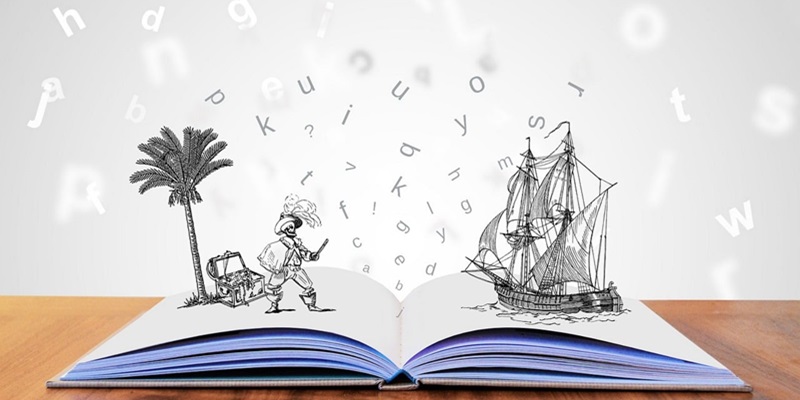
Some years ago, faculty members of the English and Foreign Languages University (EFLU), Shillong, Meghalaya, wanted to know why students of Class X and XII in some Manipur schools couldn't attain fluency in English despite several years of instruction.The EFLU team devised an experiment by teaching a story from the textbook about the legend of the Nohkalikai Waterfalls in Cherrapunji. It is the tallest plunge waterfall in the Indian subcontinent. It was the tragic death of Likai, who jumped into...
SUBMIT REVIEW
Please email us: editor.rajagirimedia@gmail.com
USER REVIEWS